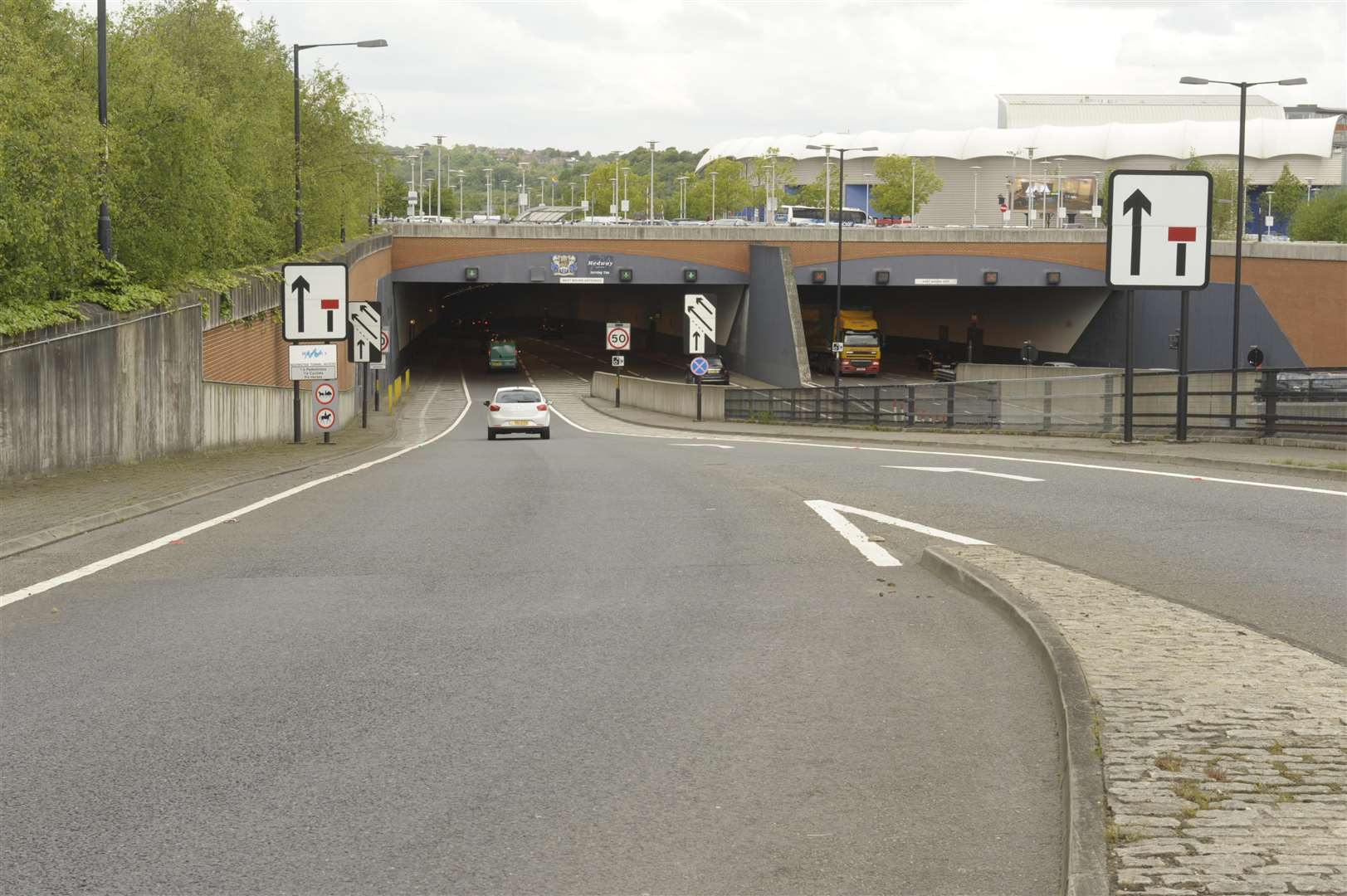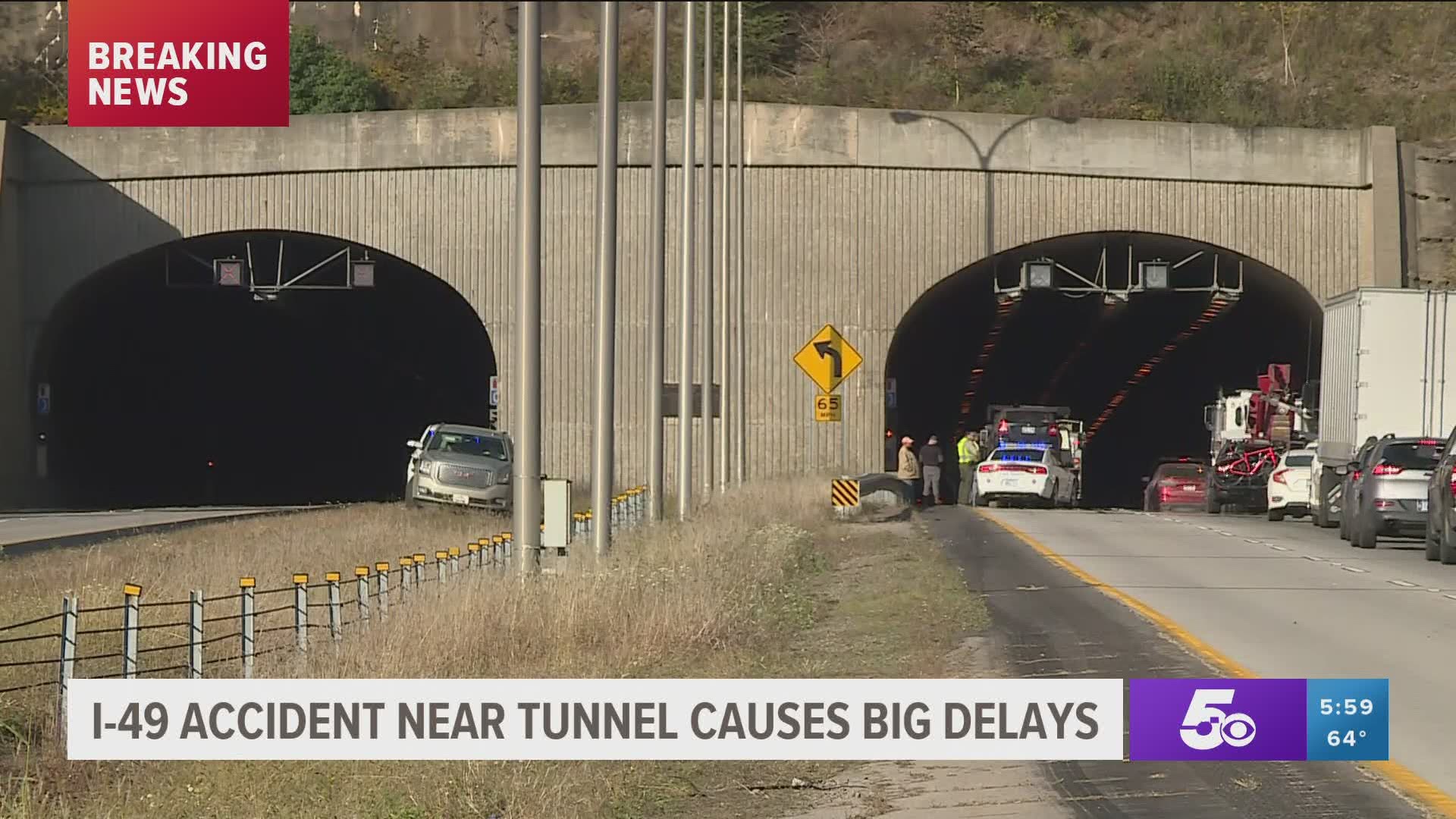Allegheny Tunnel accidents might sound like something out of a disaster movie, but unfortunately, they're real-life situations that have happened in the past. Imagine driving through a dark tunnel, surrounded by walls of concrete, and suddenly, chaos erupts. It’s not just a scene from an action flick; it’s a reality that has shaken many drivers who use tunnels daily. The Allegheny Tunnel, a vital passage for commuters, has had its fair share of incidents that left people questioning safety measures and emergency protocols.
So, why are we diving into this? Well, understanding what happened in the Allegheny Tunnel accidents isn’t just about knowing the facts; it’s about learning how to prevent similar incidents in the future. By examining past events, we can uncover the root causes, evaluate the responses, and identify ways to make tunnels safer for everyone. Stick around, because this isn’t just another article—it’s a journey into the heart of tunnel safety.
Let’s face it: tunnels are engineering marvels, but they come with risks. From poor ventilation to human error, there are countless factors that can turn a routine drive into a nightmare. That’s why we’re here—to break down the details, analyze the data, and provide actionable insights. Whether you’re a driver, a policymaker, or just someone curious about what goes on beneath the surface, this article’s got you covered.
- Luke Combs Democrat Exploring The Connection Between Country Music And Politics
- David Perry South Carolina The Man Behind The Spotlight
Table of Contents
Introduction to Allegheny Tunnel
A Brief History of the Allegheny Tunnel
Notable Allegheny Tunnel Accidents
- Stacy Feldman The Rising Star Shaping The Entertainment Industry
- Saturn Direct In Pisces A Cosmic Shift Thatrsquos Got Everyone Talking
Importance of Ventilation Systems
Role of Technology in Accident Prevention
Lessons Learned from Past Incidents
Introduction to Allegheny Tunnel
The Allegheny Tunnel isn’t just any old tunnel. It’s a crucial artery that connects major cities, facilitating both commerce and travel. But like any other tunnel, it’s not immune to accidents. Over the years, several incidents have occurred within its confines, raising concerns about safety and preparedness. Let’s take a closer look at what makes this tunnel unique and why accidents here have such a significant impact.
Located in Pennsylvania, the Allegheny Tunnel is part of the Pennsylvania Turnpike system. It spans over 6,000 feet and serves thousands of vehicles daily. With so much traffic, the likelihood of an accident increases, making safety a top priority for authorities. But how do these accidents happen, and what can be done to mitigate them? That’s what we’ll explore next.
A Brief History of the Allegheny Tunnel
To truly understand the significance of the Allegheny Tunnel, we need to go back to its origins. Built in the early 20th century, this tunnel was a marvel of its time. Designed to cut through the Allegheny Mountains, it revolutionized transportation in the region. However, as technology advanced, so did the challenges faced by those maintaining the tunnel.
Over the decades, the Allegheny Tunnel has undergone numerous upgrades to accommodate increasing traffic and improve safety. Yet, despite these efforts, accidents have still occurred. Each incident serves as a reminder of the importance of vigilance and continuous improvement in tunnel safety.
Notable Allegheny Tunnel Accidents
Let’s talk about the big ones—the accidents that made headlines and left a lasting impact on the community. One of the most notable incidents occurred in [insert year], when a multi-vehicle collision resulted in significant damage and injuries. Another incident involved a fire that broke out due to a malfunctioning vehicle, causing panic among drivers trapped inside.
These accidents highlight the vulnerabilities of tunnels and the potential for disaster when things go wrong. But what exactly causes these incidents? Let’s dive deeper into the root causes and contributing factors.
What Causes Tunnel Accidents?
There’s no single answer to this question. Tunnel accidents can be caused by a variety of factors, ranging from human error to mechanical failures. For instance, distracted driving, speeding, and reckless behavior are common culprits. On the technical side, issues like poor ventilation, inadequate lighting, and malfunctioning equipment can exacerbate situations and turn minor mishaps into major disasters.
Weather conditions also play a role. Heavy rain, snow, or fog can reduce visibility and increase the likelihood of accidents. Add to that the confined space of a tunnel, and you’ve got a recipe for chaos. Understanding these causes is the first step toward preventing future incidents.
Safety Measures in Tunnels
So, what’s being done to make tunnels safer? Authorities have implemented a range of safety measures to minimize the risk of accidents. These include:
- Regular maintenance checks to ensure all systems are functioning properly.
- Installation of advanced surveillance cameras to monitor traffic in real-time.
- Deployment of emergency response teams trained to handle tunnel incidents.
But safety isn’t just about technology; it’s also about education. Drivers need to be aware of tunnel-specific rules and regulations, such as speed limits and emergency procedures. By promoting awareness and compliance, we can reduce the incidence of accidents and improve overall safety.
Importance of Ventilation Systems
One often overlooked aspect of tunnel safety is ventilation. In the event of a fire or other emergency, proper ventilation can mean the difference between life and death. Modern tunnels are equipped with sophisticated ventilation systems that can quickly remove smoke and toxic gases, ensuring the safety of those inside.
However, these systems require regular maintenance and testing to ensure they function correctly when needed. Any lapse in maintenance can lead to catastrophic consequences, as seen in past incidents. That’s why authorities prioritize ventilation as a key component of tunnel safety.
Emergency Response Protocols
When an accident does occur, having a well-defined emergency response protocol is crucial. This involves coordinating efforts between various agencies, including law enforcement, fire departments, and medical teams. The goal is to respond swiftly and efficiently, minimizing harm and restoring normalcy as quickly as possible.
Training and drills are essential components of this process. Emergency responders must be prepared to handle a wide range of scenarios, from minor collisions to large-scale disasters. By practicing these scenarios regularly, they can improve their response times and effectiveness in real-world situations.
Role of Technology in Accident Prevention
Technology plays a vital role in preventing tunnel accidents. Innovations such as smart traffic management systems, real-time data analytics, and autonomous vehicles are transforming the way we approach tunnel safety. These technologies can predict potential hazards, alert drivers to changing conditions, and even take corrective actions before an accident occurs.
For example, sensors placed throughout the tunnel can detect unusual patterns in traffic flow or environmental conditions, triggering alerts to authorities. Similarly, AI-powered systems can analyze data from multiple sources to identify trends and recommend preventive measures. By embracing these technologies, we can create safer, more efficient tunnels for everyone.
Lessons Learned from Past Incidents
Every accident is an opportunity to learn and improve. By studying past incidents, we can identify common themes and develop strategies to address them. For instance, many accidents in the Allegheny Tunnel have highlighted the need for better signage, clearer communication, and more robust emergency protocols.
Additionally, these incidents have underscored the importance of collaboration between stakeholders, including government agencies, private companies, and local communities. By working together, we can create a safer, more resilient tunnel network that meets the needs of modern commuters.
Future of Tunnel Safety
Looking ahead, the future of tunnel safety looks promising. Advances in technology, coupled with increased awareness and investment in infrastructure, are paving the way for safer tunnels. From autonomous vehicles to smart infrastructure, the possibilities are endless.
However, challenges remain. As traffic continues to grow, so does the pressure on tunnels to perform under increasingly demanding conditions. That’s why ongoing research and development are essential to staying ahead of the curve and ensuring that tunnels remain safe for generations to come.
Conclusion and Call to Action
In conclusion, the Allegheny Tunnel accidents serve as a stark reminder of the importance of safety in tunnels. By understanding the causes, implementing effective measures, and leveraging technology, we can reduce the incidence of accidents and improve overall safety. But this isn’t just the responsibility of authorities; it’s a shared responsibility that involves every driver, policymaker, and stakeholder.
We invite you to join the conversation and share your thoughts in the comments below. Have you experienced a tunnel accident or have any tips for staying safe on the road? Let’s work together to make tunnels safer for everyone. And don’t forget to check out our other articles for more insights and updates on this critical topic.
- What Is Regretting You About Unpacking Lifes Reflections And Lessons
- Luke Combs Democrat Exploring The Connection Between Country Music And Politics


